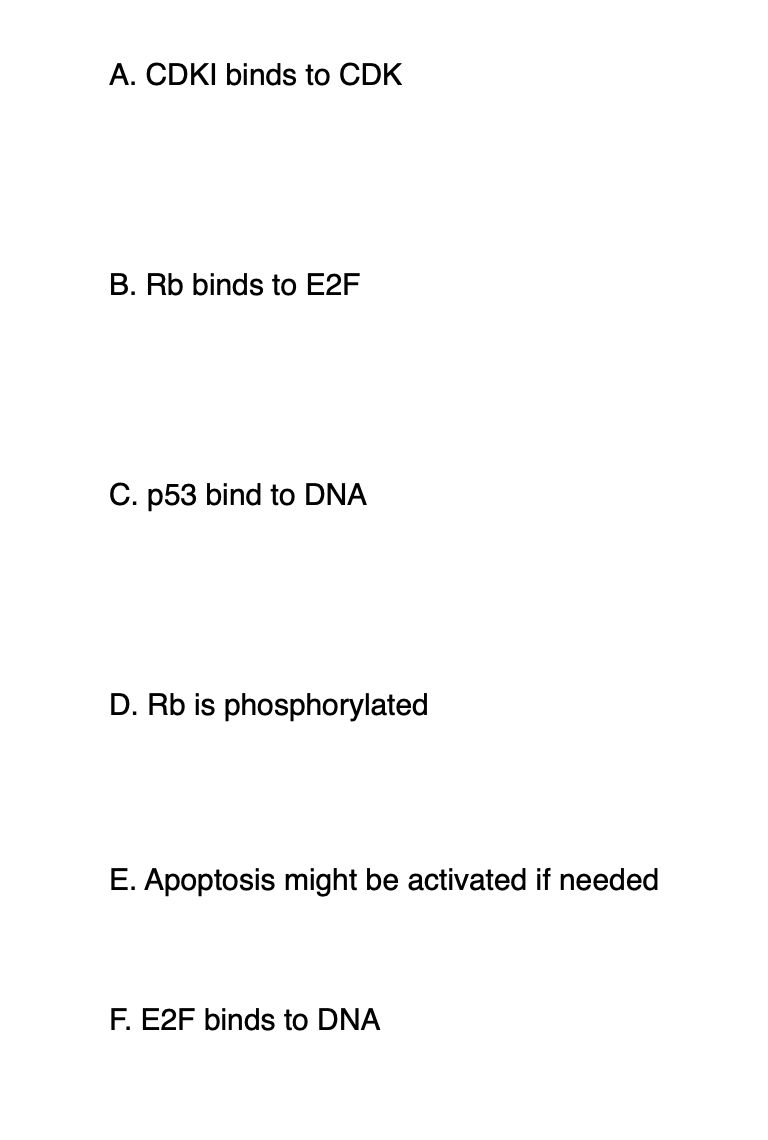DNA damage checkpoint recovery defects are not responsible for the Biology Diagrams A DNA Damage Checkpoint is a mechanism that allows cells to pause cell division in order to repair damaged DNA and prevent the transmission of broken chromosomes to daughter cells. cells have evolved coordinated DNA damage checkpoints and repair pathways in order to prevent genomic instability (Ciccia and Elledge, 2010; Harrison and Haber

Ahnesorg P, Jackson SP (2007) The non‐homologous end‐joining protein Nej1p is a target of the DNA damage checkpoint. DNA Repair (Amst) 6: 190-201 [PMC free article] [Google Scholar] Alcasabas AA, Osborn AJ, Bachant J, Hu F, Werler PJ, Bousset K, Furuya K, Diffley JF, Carr AM, Elledge SJ (2001) Mrc1 transduces signals of DNA replication A DNA damage checkpoint is a pause in the cell cycle that is induced in response to DNA damage to ensure that the damage is repaired before cell division resumes.
Molecular Mechanisms of Mammalian DNA Repair and the DNA Damage Checkpoints Biology Diagrams
During localization of the activated ATM, LIU Wei-Feng et al.'. DNA Damage Checkpoint, Damage Repair, and Genome Stability 383 MRN (Mrell-Rad50-Nbsl) complex, which is criti- cal for the efficient repair of DNA DSBs, might play an important role. It can rapidly localize to the dam- age site after DSB occurs in an ATM independent manner. The damaged DNA may activate the DNA damage response signaling pathway, where DNA damage checkpoints play a central role in arresting the cell cycle and mediating the DNA repair process. The unsuccessful repairing of DNA lesions may cause apoptosis, cell death or cancer.

ABSTRACT. Cell cycle checkpoints activated by DNA double-strand breaks (DSBs) are essential for the maintenance of the genomic integrity of proliferating cells. Following DNA damage, cells must detect the break and either transiently block cell cycle progression, to allow time for repair, or exit the cell cycle. Reversal of a DNA-damage-induced checkpoint not only requires the repair of these Defects of DNA-damage checkpoints, similar to impaired DNA-damage repair, promote genomic instability and predispose individuals to immunodeficiency, neurological defects, and cancer (Niida and Nakanishi, 2006). Although important advances have been made in understanding the cellular mechanisms behind the initiation and maintenance of The effects of DNA damage include mutations, apoptosis, and more. This damage can lead to dysregulated cell function and eventually cancer, neurological disease, and premature aging. 2. Key Targets of DNA Damage Checkpoints. There are cell cycle checkpoints that can be activated in response to DNA damage. These DNA damage checkpoints include:
